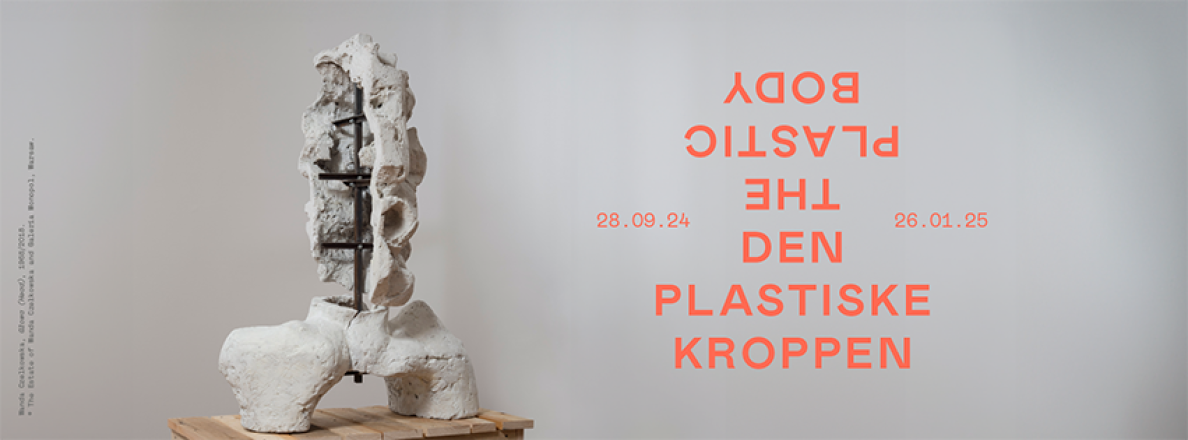
The exhibition halls of the Stavanger Art Museum have been filled with sculptures of recognised Polish female artists from the years 1960-1989. “The Plastic Body” exhibition will be open to viewers from 28 September 2024 to 26 January 2025. The Adam Mickiewicz Institute has been supporting the presentations of the Polish contemporary art in Norway.
Contemporary Polish sculpture in Norway – “The Plastic Body”
The works by ten Polish female artists who in the 1960s and 1970s challenged the traditional understanding of sculpture are now presented in Norway. The central theme of “The Plastic Body” exhibition is freedom, both as regards body as well as restrictions imposed by the political authorities of then on the population of the Poland before the fall of the Berlin Wall. Its curators point out that the years 1960-1989 marked an exciting period in the history of Polish art as, despite guidelines set forth both for people and for art, artists were capable of creating works that were innovative both in terms of material and substance. The application of new materials was partly motivated by economic limitations. Fabrics, plant seeds and new plastics such as polyester and resin were a relatively cheap alternative to stone and bronze. At the same time, these materials opened new possibilities for communicating personal experiences and artistic visions that were deemed radical back then, but have remained topical to this day.
The exhibition presents works by female artists who explored different methods of expanding and reviving the concept of sculpture, taking the human body as a subject of their artistic expression. The exhibition’s title “The Plastic Body” is a wordplay. On the one hand, it refers to the use of new plastics for the purpose of applying a new method of creating a body. On the other hand, the word ‘plastic’ also denotes flexible or bendable, thus referring to sculpture as a plastic art and a manner in which the works expand the definition of a body.
Szapocznikow, Abakanowicz and others at the Stavanger Art Museum
Such names as Alina Szapocznikow or Magdalena Abakanowicz are becoming ever more recognisable on the international stage. However, many female artists still remain unknown to broader audiences. The main idea behind “The Plastic Body” exhibition was to show the contribution of Polish female artists in the post-war history of art. Owing to their works we can acquire a broader view on such genres as pop-art, nouveau réalisme and land art. As the presented works represent an expanded concept of sculpture and some artists placed emphasis on temporality and process itself, the exhibition features photographs, film and even performance.
Female artists presented at “The Plastic Body” exhibition include:
- Magdalena Abakanowicz (1930-2017)
- Wanda Czełkowska (1930-2021)
- Barbara Falender (born 1947)
- Zofia Kulik (born 1947)
- Teresa Murak (born 1949)
- Ewa Pachucka (1936-2020)
- Ewa Partum (born 1945)
- Maria Pinińska-Bereś (1931-1999)
- Alina Szapocznikow (1926-1973)
- Teresa Tyszkiewicz (1950-2020)
Five of them experienced World War II, out of which two went through internment and concentrations camps. Others were born immediately after the war and grew up in Poland destroyed by war fronts. All of them experienced the Communist regime with its restrictions on individual and artistic freedom, but nevertheless managed to create radical art. They abandoned conventional representations of the human body, but rather examined it as a territory of resistance, transformation and freedom. Today, their innovative approach is a subject of analyses.
Exhibition curators: Vibece Salte and Helga Nyman.
Duration: 28.09.2024 - 26.01.2025
Location: Stavanger Art Museum, Henrik Ibsens gate 55, 4021 Stavanger
Co-financed from the funds of the Minister of Culture and National Heritage

